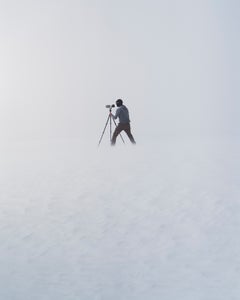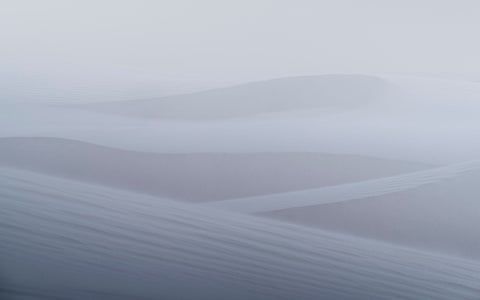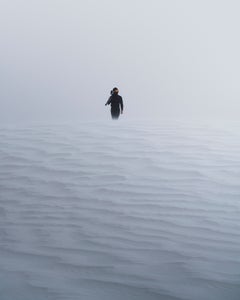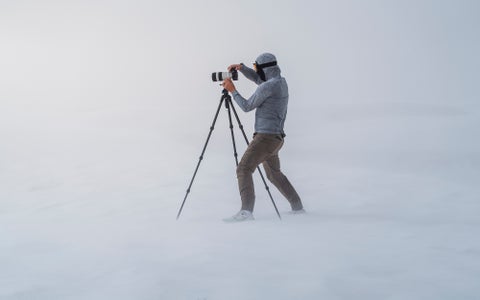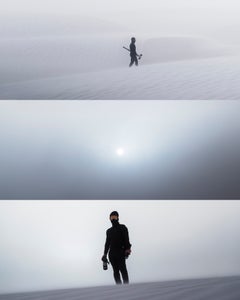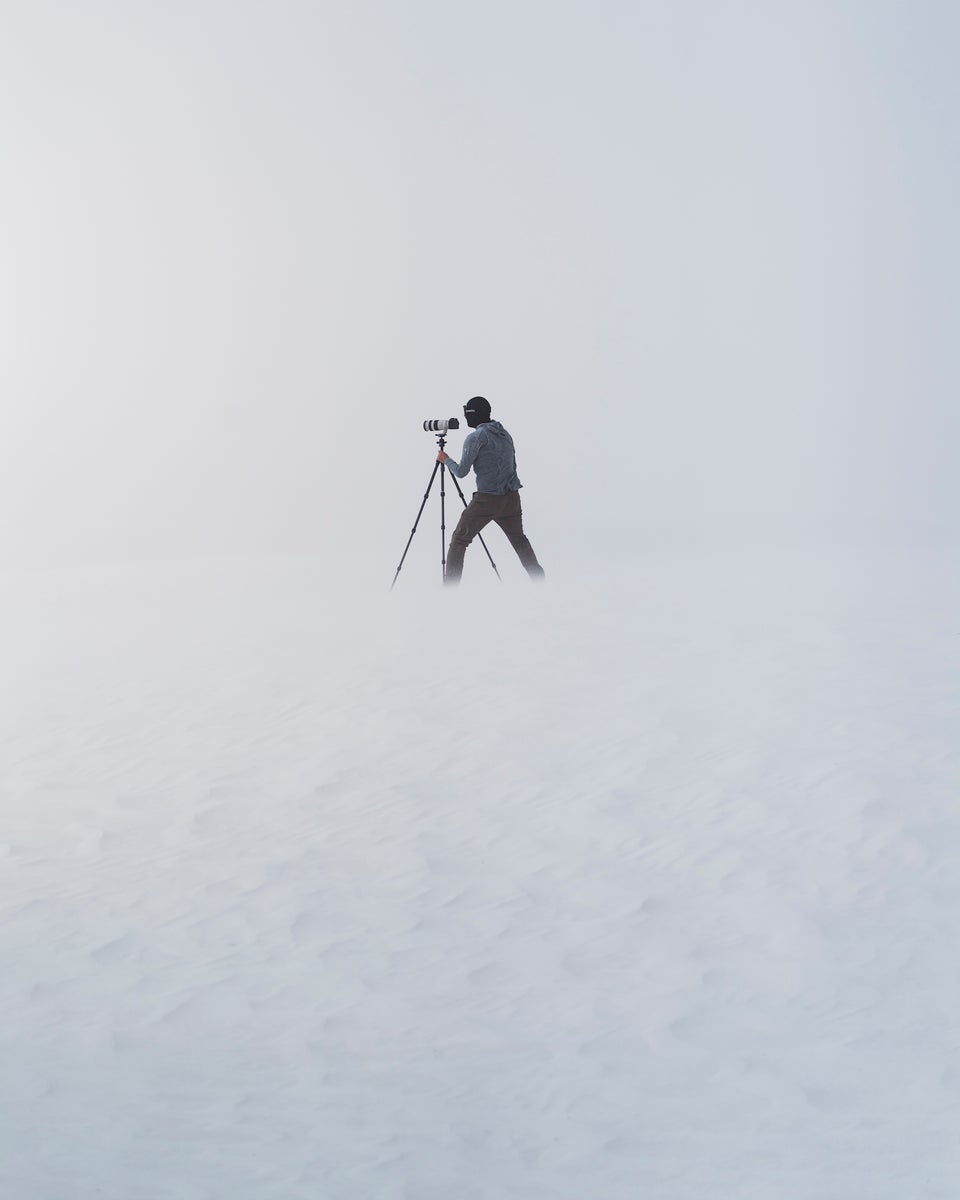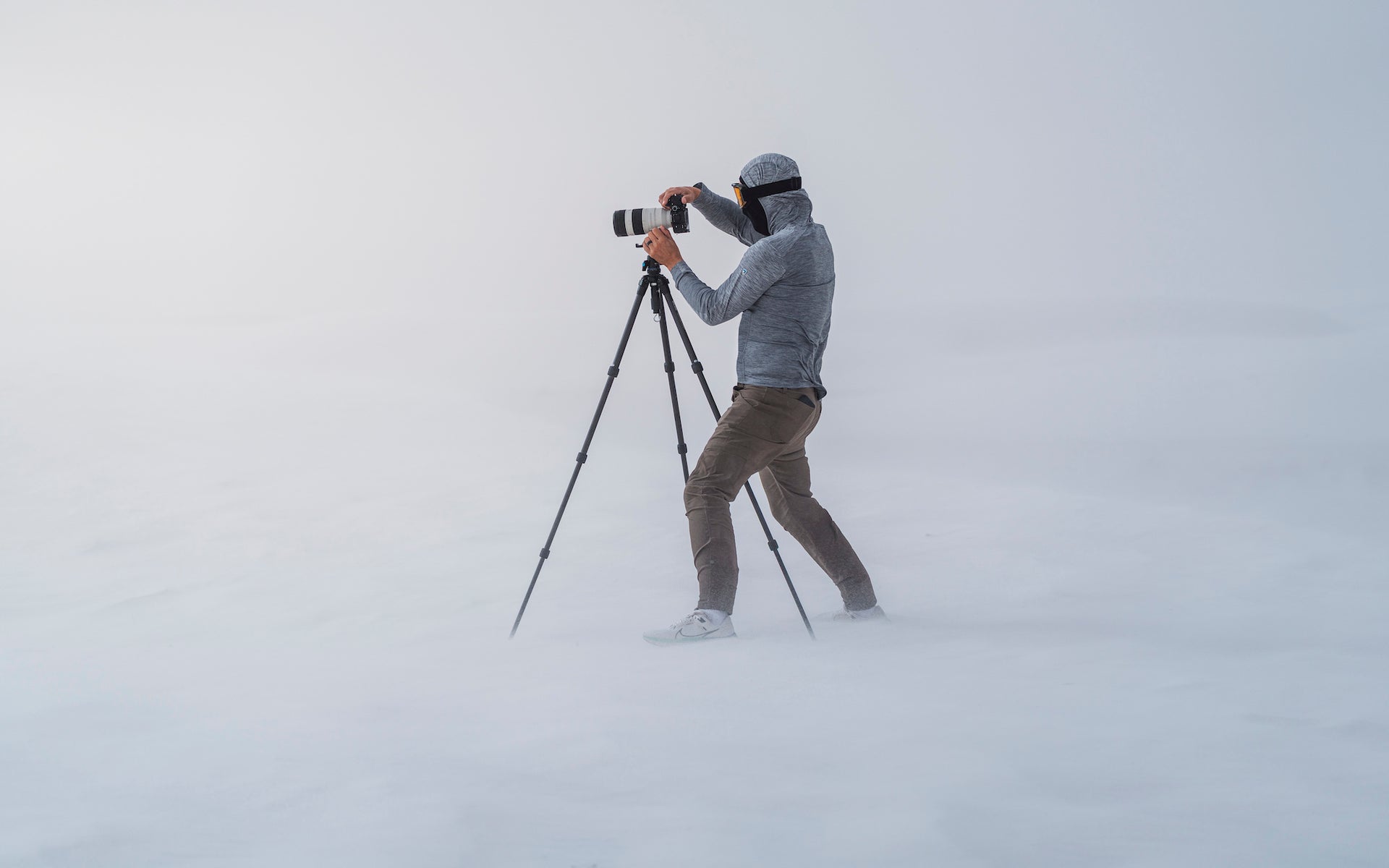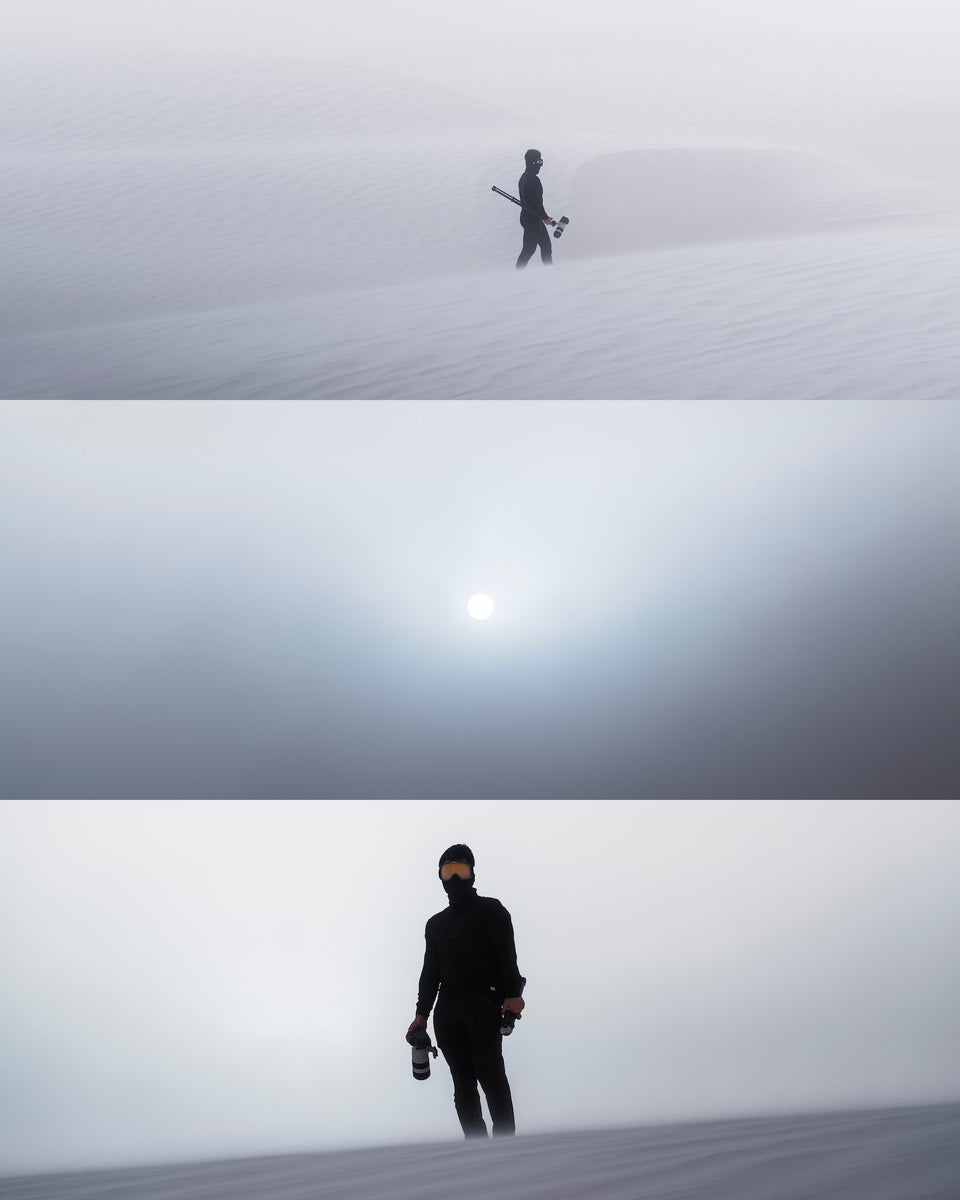Ryan Ditch is a full-time landscape photographer based in Scottsdale, Arizona. “I’ve been obsessed with nature from a young age growing up in the Pacific Northwest,” he says. “Whether it was going on hikes with my mom, learning about plants and animals or trips to National Parks we were always out and about.” We came across this stunningly simple landscape he captured in White Sands National Park and had to learn more – keep reading as he shares his story behind the shot.
Product Preview – In This Article You’ll Find:
–Sony Alpha 7R V
–Sony 100-400mm f/4.5-5.6 G Master
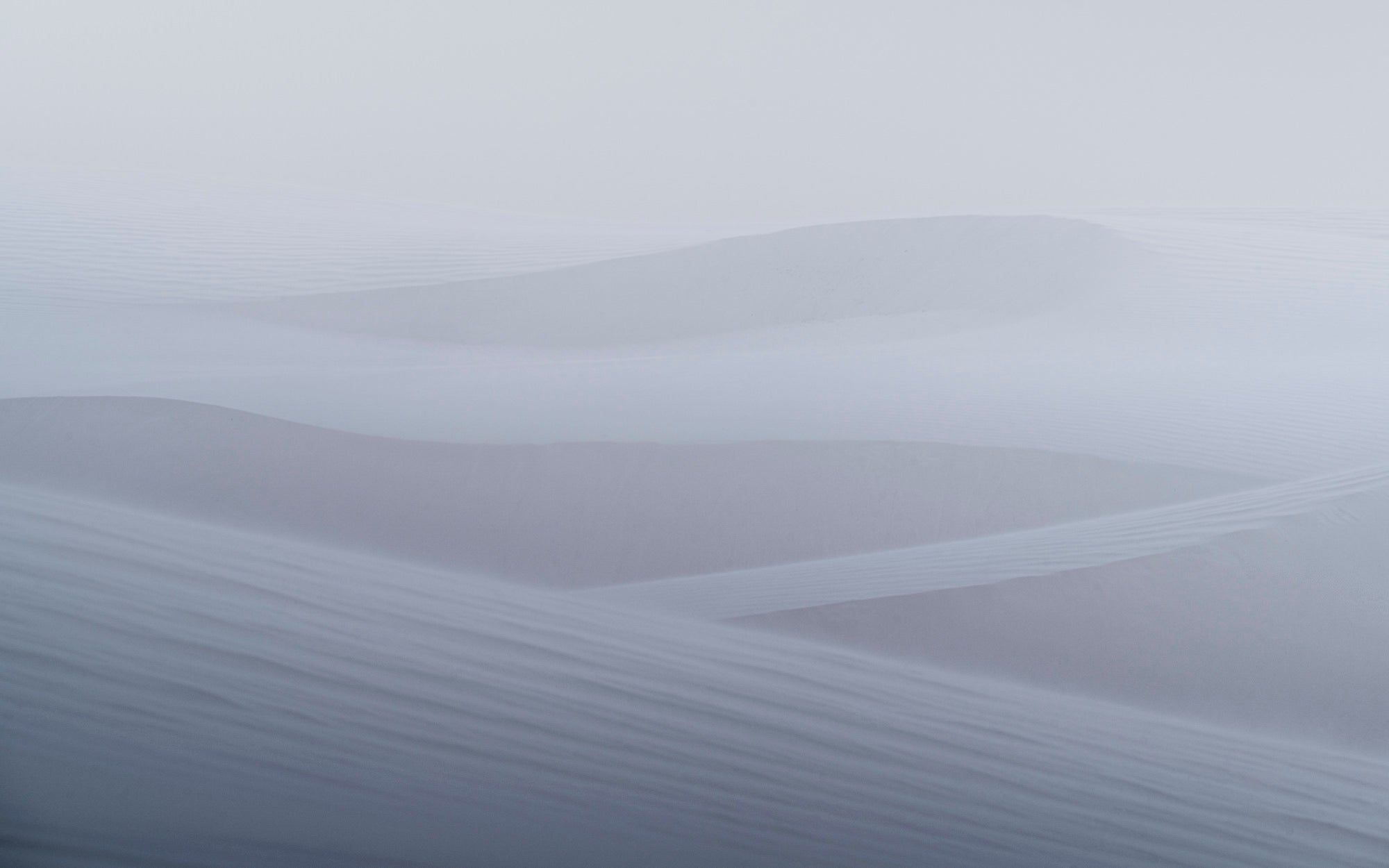
Photo by Ryan Ditch. Sony Alpha 7R V. Sony 100-400mm f/4.5-5.6 G Master. 1/100-sec., f/16, ISO 100
Landscape Photography In White Sands National Park
They say that opposites attract and maybe that's true, but I remember falling in love with the desert the first time I saw it. It’s the serenity and simplicity that does it for me, I always have so much going on in my mind that I feel like I can relax here. While at home in Arizona I was scanning conditions I noticed a major dust storm headed for southern New Mexico and instantly thought of one place – White Sands National Park.
I always wanted to photograph White Sands in a dust storm to get those ethereal looking conditions and that’s exactly what happened. I was joined by my friend and fellow photographer Paul Clark, so I was able to capture some images of him among the landscape.
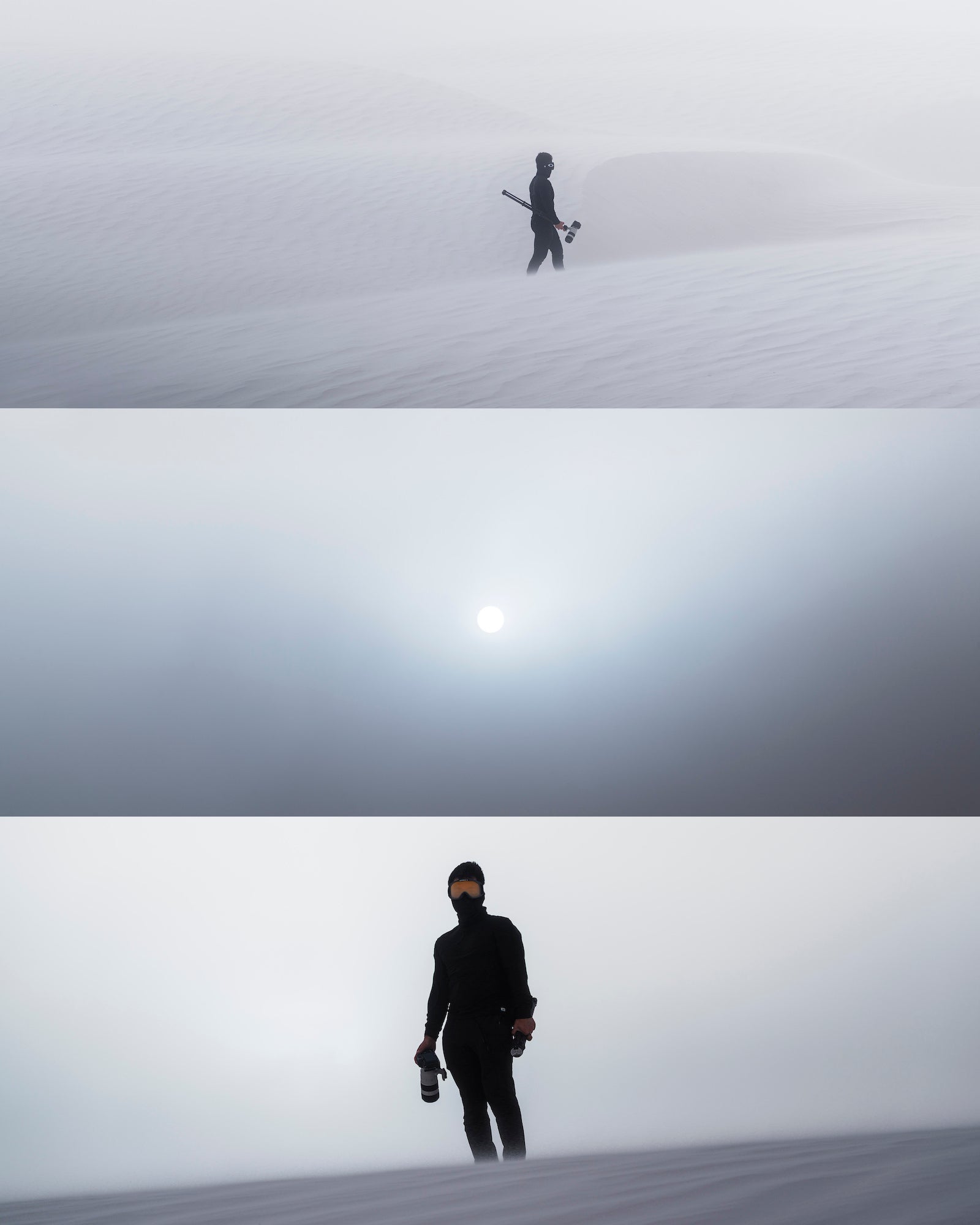
Photos by Ryan Ditch. Sony Alpha 7R V. Sony 100-400mm f/4.5-5.6 G Master. 1/800-sec., f/7.1, ISO 100
A Top High-Resolution Camera & Lens For Landscapes
Since White Sands is such a vast space I decided to use a telephoto lens allowing me to isolate certain scenes better. I knew the dust and wind were going to play a factor, so I chose not to bring any other gear besides my Sony Alpha 7R V, Sony 100-400mm f/4.5-5.6 G Master, Slik tripod and microfiber towel. You never want to change lenses in conditions like this, but because the Sony weather sealing is so good I knew my gear was protected. My friend Paul, in the photos, was also using his Sony Alpha 7R V and Sony 100-400mm f/4.5-5.6 G Master.
Composing In Suboptimal Conditions
After finding the perfect dune lines I set up for the shot, shortening my Slik tripod and shooting on my knees for more stability. Winds were sustained 30-40 mph with gusts up to 60 mph – so I definitely had to be prepared. Next came composing the shot in camera for maximum resolution, dialing in my settings and keeping the lens clean in between takes. I shot this image at 300mm, ISO 100 and chose f/16 to ensure as much front to back sharpness as possible, this would also give me a slightly slower shutter speed of 1/100-sec.
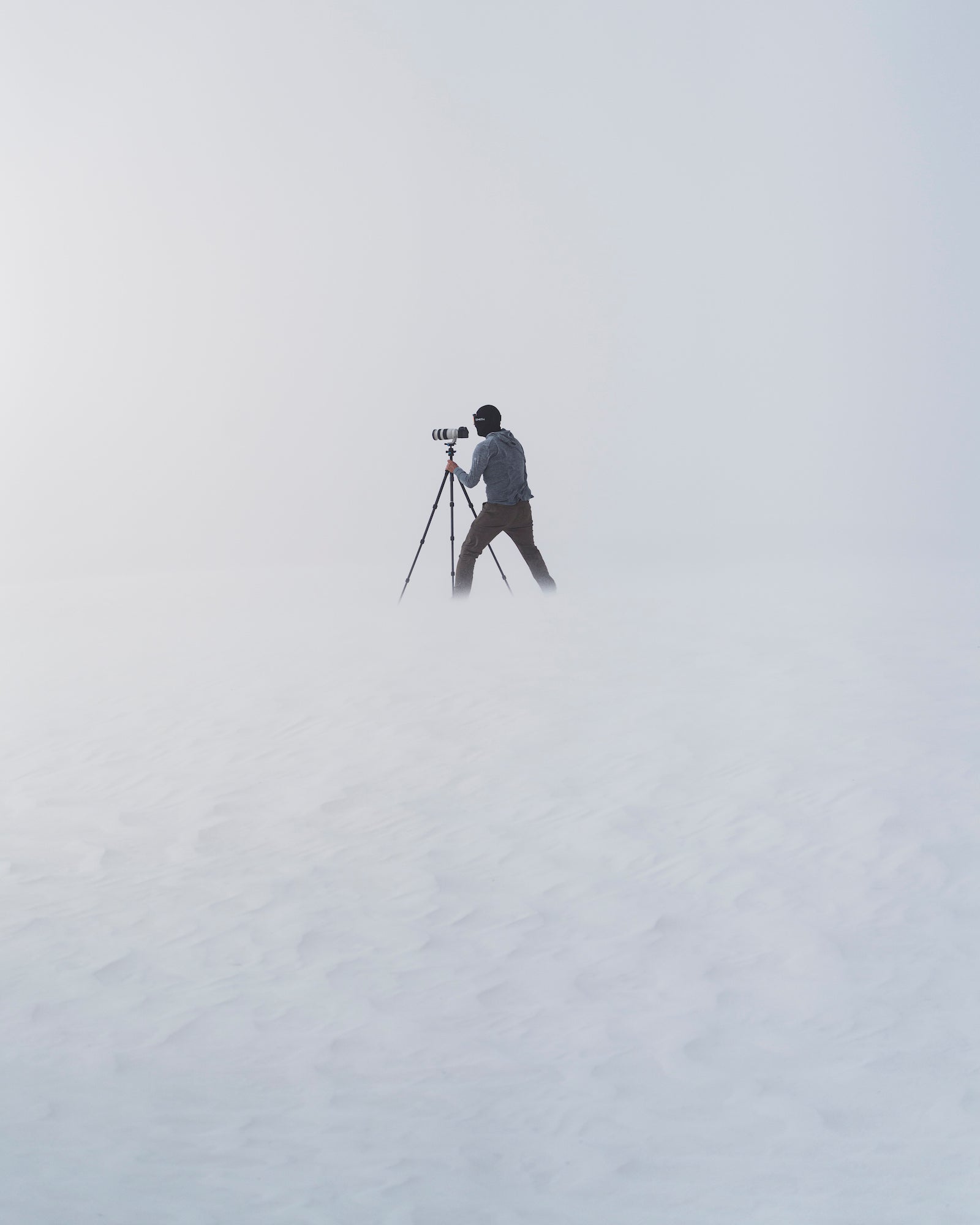
Photographer Paul Clark (using the Sony Alpha 7R V & Sony 100-400mm f/4.5-5.6 G Master.) Photo by Ryan Ditch. Sony Alpha 7R V. Sony 100-400mm f/4.5-5.6 G Master. 1/4000-sec., f/4.5, ISO 100
Editing To Enhance A Photograph
The post-processing for this image wasn’t too in-depth, but since there was a lot of dust combined with the gypsum sand it created a warmer tint than I wanted, however nothing a little white balance counter couldn’t fix. After cooling off the image in Adobe Lightroom I decided to raise the highlights and shadows which gave the shot a flatter fine art look. Next, I added radials and linear filters to direct sunlight that naturally came from the right enhancing the ethereal look. Lastly, in Photoshop I removed any dust spots (and there were a lot of them), applied a glowy Orton Effect and sharpened the image with a high pass filter.
See more of Ryan Ditch’s work on Instagram @ryanditchphoto.
Learn more about his complete kit in What’s In My Bag: A New Camera + A Trio Of Zooms For Urban & Natural Landscapes.
